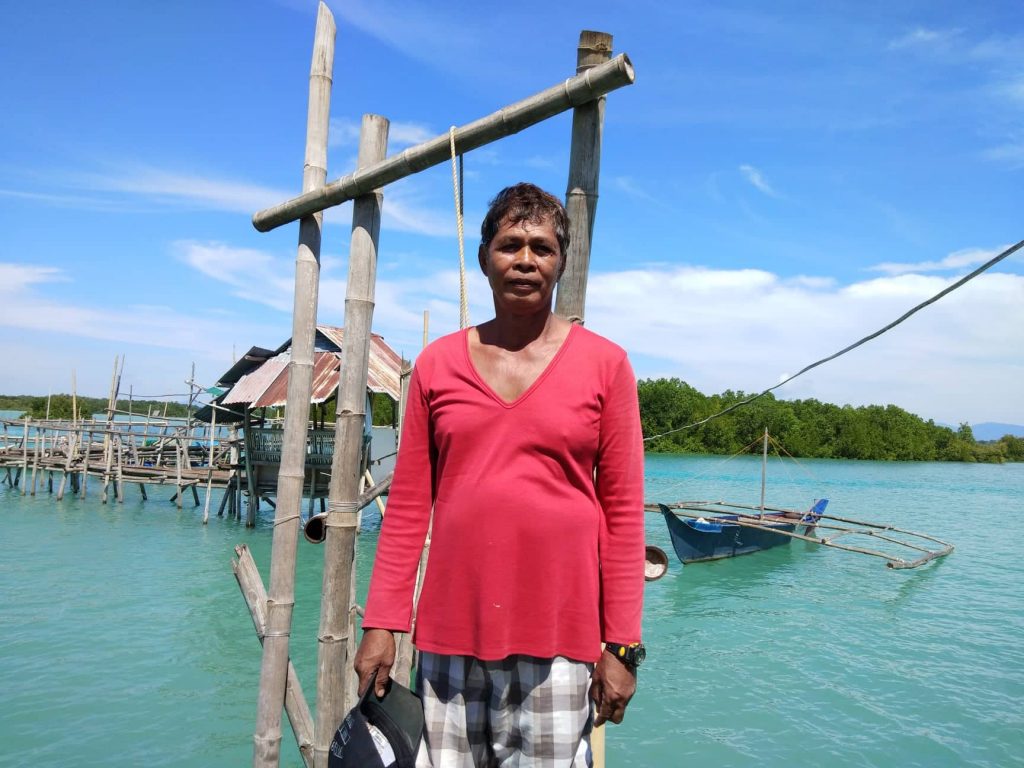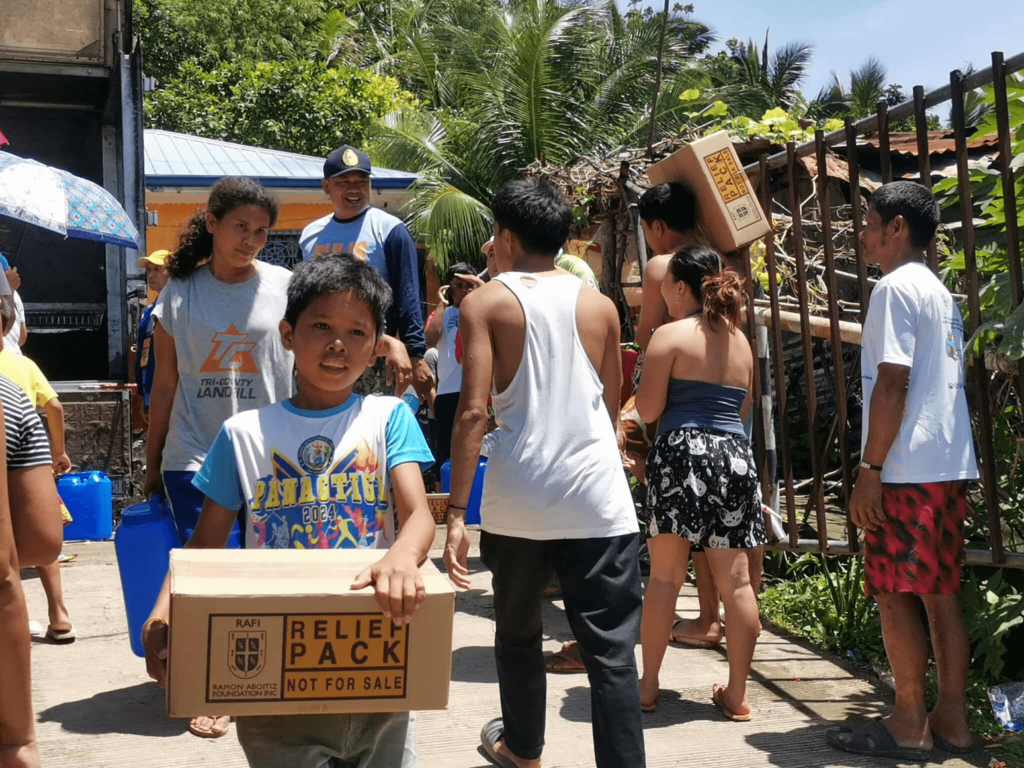
The Story of Anastacio Lerazan, President of Poblacion Fisherfolks Association of Alcantara, RAFI-BioCon partner since 2016
By Joy Emma Masapequeña | August 23, 2019
Most of us enjoy the comforts of having a good, sturdy home – four walls of concrete and a ceiling that does not give way to the wrath of storms. Fishermen like Anastacio Lerazan, however, knows only the shelter of the sea, lives by its breeze, and slumbers among its waves as the sun sets.
This article chronicles the story of Anastacio “Noy Tacio” Lerazan, a fisherman, and the Poblacion Fisherfolks Association of Alcantara who helped restore the Mangrove forests along the estuaries and deltas of Alcantara’s tropical coasts.
A Fisherman’s Beginnings
He was eight years old when his father first brought him out to the sea. They headed out at the break of dawn when the sea was calm and the early morning breeze nabbed gently at his skin.
“Malinawon to siya nga buntag, kanang kalma kaayo ang dagat (It was a peaceful morning, the sea was very calm),” he reminisced.
They stopped at a spot a hundred of meters away from the shore and it was not long before the rain poured fiercely. Cold, biting gusts of wind froze him.
“Pagka-hapon nag-ulan unya ning-gahi lagi ko, nya di nako kalihok. Mao gidala ko’s akong papa sa balay nya gipa-initan ko ba. Mao tong nakalihok na ko (It rained in the afternoon and I suddenly froze. So my father brought me home and warmed me up by the fire, and I eventually recovered),”
He recounted the other times that happened, a condition commonly known as ‘gipulang’ by the locals of Alcantara. However, he was not fazed by the experience and continued on as a fisherman. He attributes it to his love for the sea and for all it represents – his father and the simple life it led.
A Fisherman’s Fears
He shared the experience as a preface to the core challenge that most fishermen face on a daily basis – nature itself.
“Ang kontra jud sa mananagat kay ang panahon, kung dili man gani sobraan sa kainit, sobraan sad ug ulan (A fisherman’s greatest adversary is the weather, it’s either too sunny or too rainy),” he said.
Now well into his 60s, he admits that he has seen enough; finally coming to the sober realization that the sea is indeed, a hungry dog.
There were numerous instances when he had to rescue people who suffered the same fate he did.
“Mga ala-una sa kadlawn, diani ra man ko natulog sa pambot. Unya nay sige’s sampit ug tabang, nya kabaw na ka ang dagat lanog kaayo magabii. Mao to nibugsay ko padulong didto (It was midnight, I was just sleeping here in my boat. I suddenly heard someone crying out for help. So I paddled towards the direction),”
As he rowed, he sighted two men out of their boats – one was holding on to the side of the boat, and the other was barely breathing.
“Silang duha nanggahi. Gikarga nako tong usa, nya nakamatngon na’g buot, didto na sa Badian (They both froze. I carried the other one and he regained consciousness in Badian),” he recounted.
It is a challenge, he admitted, but it isn’t always a bleak story for Noy Tacio and the other fishermen in their area. For there were also times when the mangroves saved him and others from the dangers of the sea.
A Partnership That Shaped Alcantara
Mangroves are integral in a fisherman’s trade.
Mangroves forests are home to a large variety of fish, crab, shrimp, and mollusk species. These fisheries form an essential source of food for thousands of coastal communities around the world, including Noy Tacio’s.
So when the Ramon Aboitiz Foundation, Inc. Biodiversity Conservation Unit (RAFI-BioCon) partnered with the people’s organization (PO) in Alcantara way back in 2016, Noy Tacio did not miss a beat at the chance to participate. That time, Noy Tacio was just newly instated as a President and was still grappling at the responsibilities of his position. Even so, he already knew that the rehabilitation of the mangrove forest should be a priority.
“Ang mga bakaw, dinha man manguha ug pagkaon ang mga isda (The fishes find food in the mangroves),” he said.
The Guardians of the Fisher Folk
Most importantly, the dense root systems of mangrove forests also help stabilize the coastline and prevent erosion from waves and storms.
Since then, the incidents of men-lost-at-sea have become non-existent. Proving how mangroves truly became the guardians of the fisher folk.
Planting has also helped tremendously in their livelihood as it provided extra income for when the fishes are scarce in the months of May.
Standpoint: Just Keep Paddling
Given the diversity of life inhabiting mangrove systems, and their proximity in many cases to other tourist attractions such as coral reefs and sandy beaches, Noy Tacio and the local government unit (LGU) is looking at tapping into the tourism potential of their mangrove forests.
Whatever might come his way, Noy Tacio’s stoic response would always be, “Bugsay lang gihapon ko… (I just have to paddle on…)”
They may have many more plans for the future, but from here on out, he has nothing but optimism for what may lay ahead. His only prayer: safer seas for the fisher folks of Alcantara.
#IAMRAFI


